What is Health, Safety, and Environment (HSE)?
Health, Safety, and Environment (HSE) is a holistic approach to ensuring the well-being of individuals and the preservation of the environment in the workplace. It includes a range of practices, policies, and procedures aimed at preventing accidents, injuries, and environmental harm. HSE is not just about compliance with regulations; it's about fostering a culture of responsibility, awareness, and continuous improvement.
HSE Procedures and Contractual Requirements
Effective HSE procedures are the backbone of a safe and sustainable workplace. These procedures include various aspects, including risk assessment, hazard identification, emergency response planning, and ongoing monitoring and evaluation. By implementing robust HSE procedures, organizations can mitigate risks, protect their employees, and minimize their environmental footprint.
In addition to being essential for safeguarding the well-being of individuals and the environment, certain Health, Safety, and Environment (HSE) procedures may also be demanded by contractual agreements. Many clients, especially in industries such as construction, manufacturing, and energy, require contractors and subcontractors to adhere to specific HSE standards outlined in the contract.


